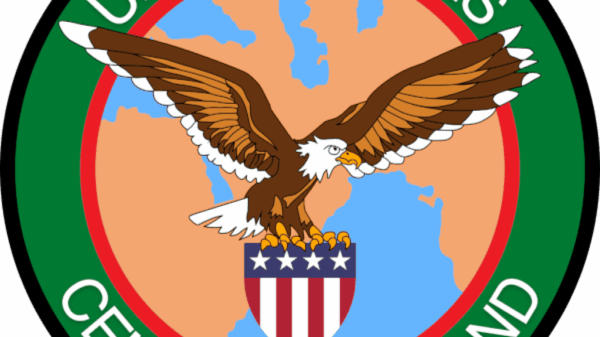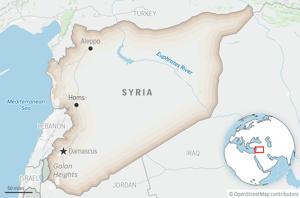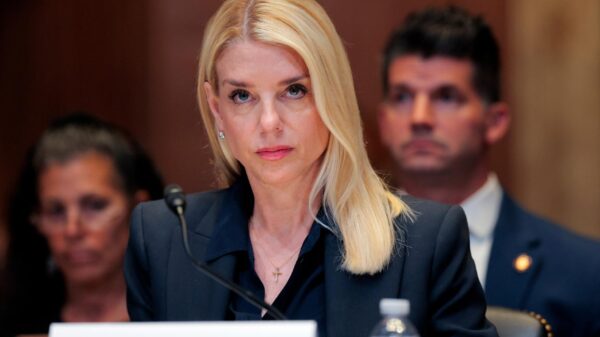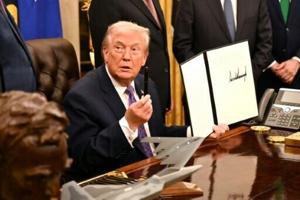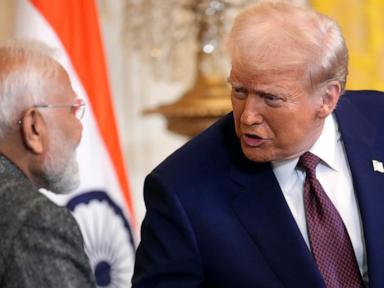The United States has announced a substantial increase in tariffs on India, imposing a total of 50% on various imports, primarily due to India’s continued purchases of Russian oil. U.S. President Donald Trump declared a new 25% tariff on Indian goods on August 2, 2023, labeling the situation as “unfortunate” for the bilateral relationship.
The timing of this announcement raises questions, as India and the U.S. have been engaged in ongoing negotiations regarding a trade deal aimed at expanding bilateral trade to $500 billion by 2030. Despite a cordial relationship between Trump and Indian Prime Minister Narendra Modi, recent developments indicate a cooling in ties.
Negotiations between the two nations have faced significant obstacles since they were first initiated during Modi’s visit to Washington earlier this year. At that meeting, both leaders expressed a desire to resolve trade concerns, yet Trump has repeatedly warned of potential tariff increases. Indian Trade Minister Piyush Goyal has been actively involved in discussions, visiting Washington to advance the negotiations.
Escalating Tariffs and Trade Talks
Trump’s administration initially spared India from tariffs while imposing them on Canada, Mexico, and China. However, he has frequently criticized India as a “tariff king” and warned of impending penalties. The administration’s stance shifted dramatically when Trump accused India of harming U.S. economic interests through its import policies.
Negotiations have included a visit from U.S. Vice President JD Vance to New Delhi, where he stated that progress was being made. Both sides have finalized terms of reference for the trade negotiations, indicating a step closer to a potential agreement. Yet, despite these advancements, the talks have failed to yield a formal agreement.
In recent statements, Trump asserted that he had halted military conflicts between India and Pakistan by offering trade concessions to both nations, a claim that has drawn ire from Indian officials. Goyal has emphasized that India is prepared to engage in trade agreements that serve its national interests, rather than simply meeting deadlines set by U.S. demands.
Following the imposition of the 25% tariffs, Trump further threatened additional penalties due to India’s ongoing purchases of Russian oil, which he described as damaging to the U.S. economy. He stated that India’s economy was “dead” as a result of its trade practices.
Implications for U.S.-India Relations
The escalating tariffs, which are set to take effect in 21 days, represent a significant shift in the trade dynamics between the two countries. The combined impact of these tariffs could have serious implications for Indian exporters and the broader economy, as they may face increased costs and reduced competitiveness in the U.S. market.
As the situation unfolds, it remains critical for both India and the U.S. to navigate these challenges carefully. The future of their strategic partnership now hinges on successful negotiations that could determine the course of trade relations in the coming years.







